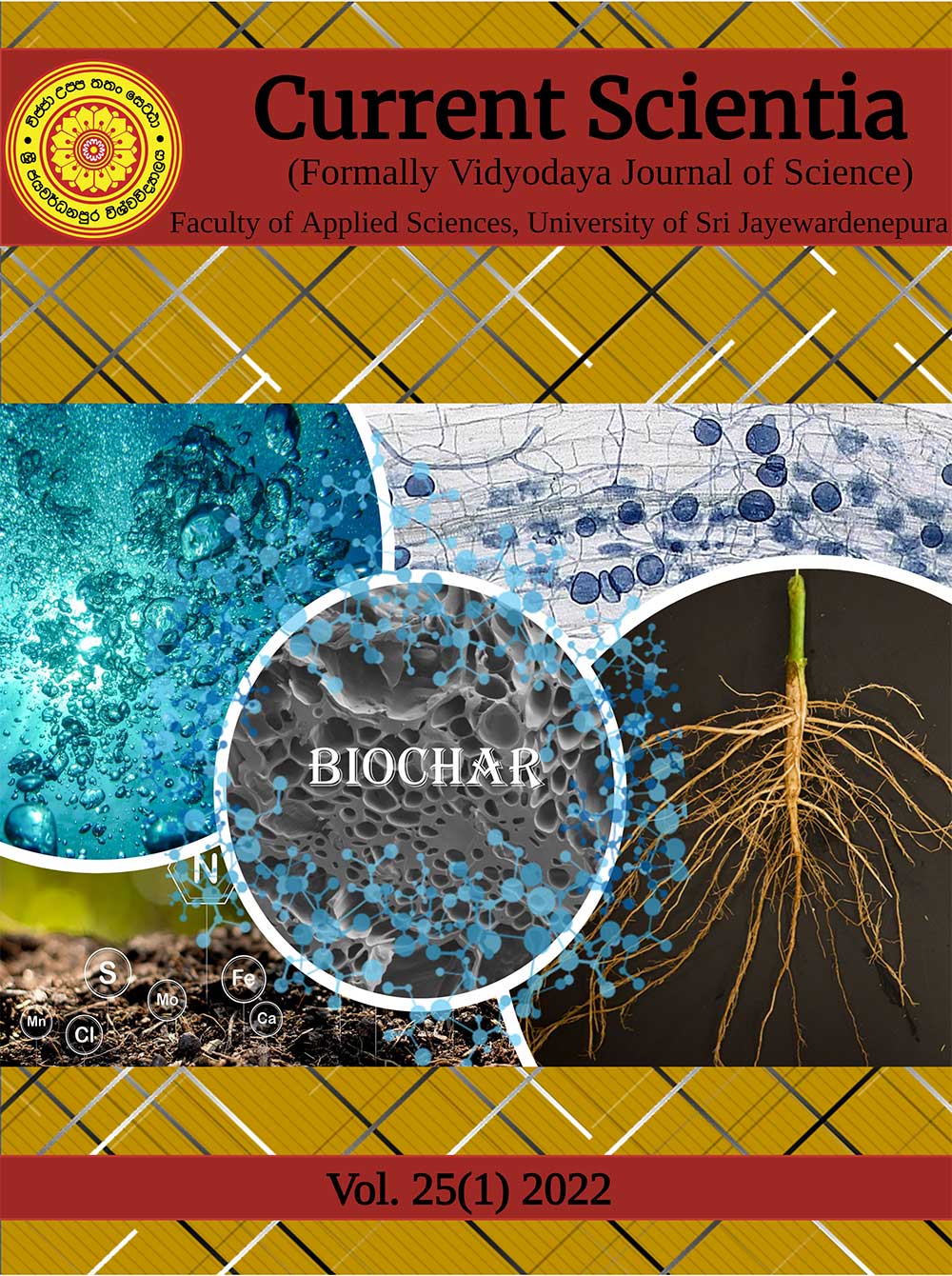Rise of a Giant: Perovskite Solar Cells and Its Economic Viability
DOI:
https://doi.org/10.31357/vjs.v25i01.5920Abstract
Solar energy is plentiful. Over the last decades, a significant portion of the energy market has been acquired by solar power. There are several types of solar cells in the market chosen, dependent on the application (Nayak et al., 2019). Silicon solar panels are commonly found in solar farms, and for domestic use, or in other words, it is the market leader. However, due to the specific processing of the silicon materials and lack of practical applicability due to its rigid and opaque nature, the worldwide deployment of silicon technology is still not at an appreciable level, especially in developing countries. Based on this, alternative approaches have been widely studied, out of which the most relevant technologies to mention here are Dye Sensitized Solar Cells (DSSCs) (Kokkonen et al., 2021) and Organic Photovoltaics (OPV) (Inganäs, 2018). DSSCs and OPV are based on materials that are easily processed compared to silicon and have attractive characteristics such as color variability and transparency, so they can be applied to windows and can be integrated into building aesthetic designs. With the continuous developments in these technologies, scientists were refining them to beat the efficiency and the stability achieved by its rival silicon solar cells.




